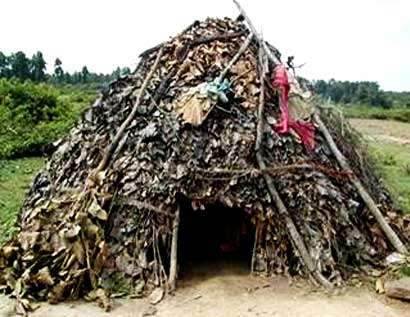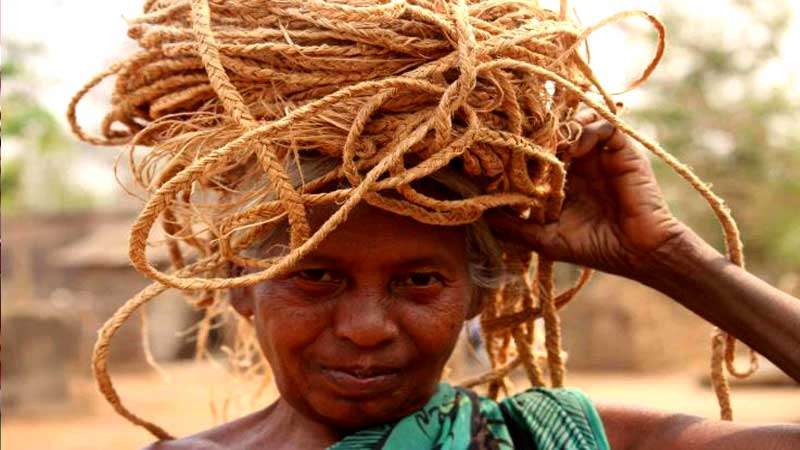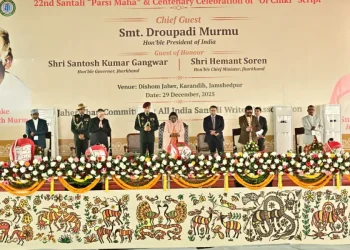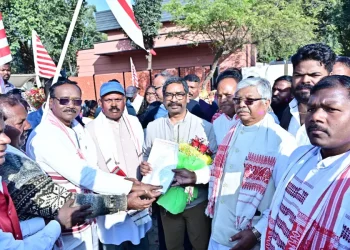Extinction is a word we apply to several species of flora and fauna, but not to ourselves. Yet many communities among us are facing this very danger.
India is home to over 700 scheduled tribes, of which some have been deemed particularly vulnerable. The categorisation came into being nearly half a century ago, when the Dhebar Commission made mention of some ‘primitive tribal groups.’ Over the years, there have been some two score additions to the list.
In 2006, the government renamed the grouping as particularly vulnerable tribal groups (PVTGs). Today, there are 75 scheduled tribes that are notified as PVTGs.
Why Vulnerable?
PVTGs are thus classified because of a small populace, remote or inhospitable habitat, along with poor administration and infrastructure. Most such tribes are characterised by forest-based livelihoods lacking agriculture, a subsistence economy, low exposure to the mainstream and stagnant or falling numbers.

As per Census 2011, the total population of PVTGs spread across 15 States and Union Territories is 17,02,545.
The National Advisory Council, in 2013, noted that PVTGs were becoming increasingly vulnerable due to non-recognition of their rights, which was leading to loss of their customary habitats or the livelihood resources that sustained them.
Abject poverty and literacy levels leave them open to hunger, poor health and hygiene, threatening their already precarious existence.
Where Are They?
Odisha has the maximum number of particularly vulnerable tribal groups — 13. It is closely followed by Andhra Pradesh-Telangana (numbers attributed to the united state ahead of bifurcation) with 12 tribes. Notably, Odisha is almost half the size of Andhra Pradesh-Telangana.

Odisha is home to the Chuktia Bhunjia, Birhor, Bondo, Didayi, Dongria Khond, Juang, Kharia, Kutia Kandha, Lanjia Soara, Lodha, Mankirdia, Paudi Bhuyans and Saura tribes.
PVTGs like the Chenchu, Bodo Gadaba, Gutob Gadaba, Dongria Kondh, Kutia Khond, Kolam, Konda Reddy, Konda Savaras, Bondo Poroja, Khond Poroja, Parengi Poroja and Thoti are spread across Andhra and Telangana.

The tribes are small and sometimes so backward that any interference in terms of aid has to be mitigated and cautious. That said, there is still much the government can do for their wellbeing, especially in times of the pandemic.






















